Author(s): Santosh Kumar Singu
Agile methodologies have been evolving project management across sectors, including healthcare. The current research paper discusses the application of Agile methodology within healthcare data warehousing projects, emphasizing domain-specific challenges and solutions. Since the setting of a healthcare environment is becoming increasingly based on data-driven decisions, agile project management methodologies would be pretty suitable to be applied due to their solid and adaptive characteristics. Agile in healthcare data warehousing is not easy and comes with problems related to scalability, data integration, regulatory compliance, and interdisciplinary collaboration. It considers such challenges and proposes solutions in this specific context. Agility methodologies are critical in enhancing efficiency and effectiveness for healthcare data warehousing projects; this is identified in this paper through a literature review and cases. The findings give incentive to adopting Agile practices with a view toward the betterment of patient outcomes, integrity of data, and adherence to healthcare regulations.
Agile methodologies are increasingly used as the basis for healthcare data warehousing projects because such flexibility and iterative approaches are realized. This can be critical to tackling the complexity and sensitivity of healthcare data. The sector still relies heavily on timely and accurate data; therefore, Agile confers advantages such as adaptability to dynamic project requirements and effective integration of various data sources. It points out some specific challenges that must be addressed while implementing Agile methodologies within healthcare data warehousing: scalability, data integration, regulatory compliance, and interdisciplinary collaboration. It looks to propose viable solutions to overcome said challenges, emphasizing the critical role Agile will play in enhancing healthcare outcomes. Agile methodologies will enable healthcare organizations to have a data warehousing project that is efficient and effective for improved healthcare and decisions. This paper's sustainability of Agile methodologies in guaranteeing the success of healthcare data warehousing projects is assured and pointed out at great length.
Agile Methodologies: Historical Perspectives in Healthcare Agile methodologies were initially designed to enhance software development processes. They have been undergoing extensive evolution lately, especially concerning their application within health care. Developed for solving the problems associated with delivering a software project on time and within Budget, Agile methodologies focus on flexibility, iterative progress, and responsiveness to change. These were in marked contrast to the traditional waterfall approach, which called for a complete, detailed, and up-front project plan that did little other than increase the governance execution time for projects while doubling spending on budgets and schedules. As healthcare began wrestling with the intricacies of handling large amounts of sensitive data, it became overtly realized that more adaptive approaches to project management were required-hence paving the way for Agile adoptions in healthcare data warehousing projects. The high integrity of the data, conformation to rigorous regulations, and real-time data processing in such an ultra-critical industry have brought about the adoption of Agile methodologies within healthcare data warehousing [1].

Although Healthcare Organizations were slow to adopt Agile practices in large part due to the stringency associated with maintaining a high degree of data security and patient confidentiality insisted upon by various regulations like HIPAA, maturing Agile practices that demonstrate enhanced flexibility without compromising on compliance in its use, more and more healthcare organizations began using agile methodologies in data warehousing projects. This was further accelerated by the drive toward data accuracy and real-time information supporting clinical decision-making, population health management, and personalized medicine.
Over time, Agile has evolved in healthcare to adapt to the sector's specific challenges, and tailored Agile frameworks were thus developed that are much better aligned with the healthcare sector's highly demanding and operationally challenging demands. These are just some of the current adaptations: adding compliance checkpoints into Agile sprints, generally encouraging collaboration among multi-disciplinary teams, and innovating specialized tools to help manage healthcare data within an Agile framework. In considering Agile methodologies in healthcare from a historical perspective, one can identify a general trend of innovation and adaptation characterizing how every healthcare organization struggles to improve its efficiency, accuracy, and responsiveness in handling and using data. Agile in healthcare data warehousing was adopted and evolved gradually; it made a critical difference toward more dynamic and effective project management, leading to better healthcare outcomes with more efficient processes for managing health-related data [2].
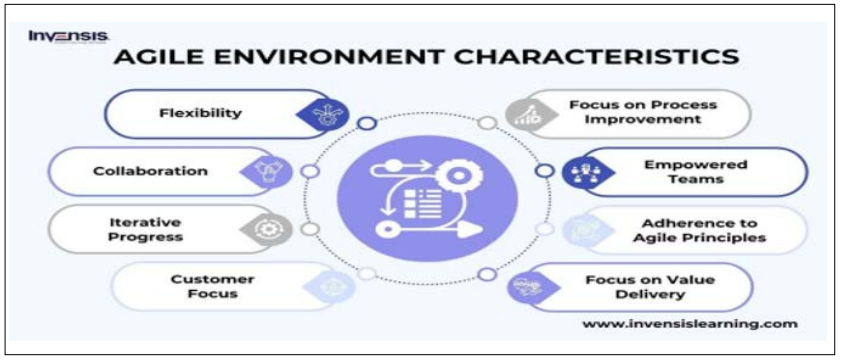
The introduction of Agile methodologies within healthcare data warehousing projects is related to many challenges documented in the literature. A preeminent challenge is data integration. Healthcare data emerges from various sources, including electronic health records, medical imaging systems, laboratory information systems, and patient monitoring devices, which are formatted and structured differently. This information will be complex to integrate into a unified data warehouse; it requires solid data governance supported by cutting-edge integration tools for structured and unstructured data [3]. The literature points to the fact that fragmentation in departments keeps data in silos, thus impeding comprehensive analysis and decision-making. This challenge is further compounded by the technical and organizational complexities of combining disparate data sources within large healthcare organizations with numerous old, legacy systems.
Another challenge is the health-related regulations since Agile emphasizes quick iteration and continuous delivery of product increments in an application. To this end, every industry vertical has its own stringent rules against which no one can, or even dares to, infract. Healthcare is supposed to abide by tight regulations for data privacy and security. Compliance with these regulations at each step of the Agile process may add bureaucratic layers, slowing project timelines and undermining flexibility and speed, which Agile methodologies aim to deliver [4]. Furthermore, Agile practices are very hard to scale in large and multi-disciplinary teams working within healthcare because such efforts call for coordination among the stakeholder base that ranges from IT professionals and clinicians to regulatory experts [5]. Literature on this effect has shown that it requires a delicate balance to ensure that it remains compliant with regulations and ensures data security; at the same time, it stays as close to Agile as possible. Traditionally, Agile practices get tempered to become suitable for healthcare-related scenarios.
The paper deeply explores and analyzes the multifaceted challenges concerning using Agile methodologies in healthcare data warehousing projects. This suggests a dire need for an understanding of the same, as it is further complicated by a plethora of healthcare data, which is normally sensitive information about patients with strict regulatory requirements combined with real-time processing needs. Emphasis was laid on a practical understanding of how Agile practices are used within health care data warehousing. Since this is one of the most critical areas of their work, involving extremely crucial data, the stakes are very high. A few healthcare organizations trying to implement Agile methodologies will be studied in this research, and an attempt shall be made to discover what concrete hurdles those organizations are facing while moving from traditional approaches to project management towards Agile frameworks. Being qualitative, it captures in detail and often subtle experiences of organizations within rich and contextualized understandings of challenges.
Such an approach allows a focus on these issues in significantly greater depth than possible using quantitative methods, often adopted and simply not flexible enough to pick up such complex, context-specific factors. This study provides a detailed review of the project documentation related to adopting Agile practices in several healthcare organizations. This documentation will help maintain a good record of Agile implementations' processes, challenges, and outcomes, which helps identify common patterns and recurring issues. This study merges experiential data from interviews with documented real-world project evidence to move in-depth into the main challenges related to Agile implementation within healthcare data warehousing and further provides actionable insights on how much can be overcome.
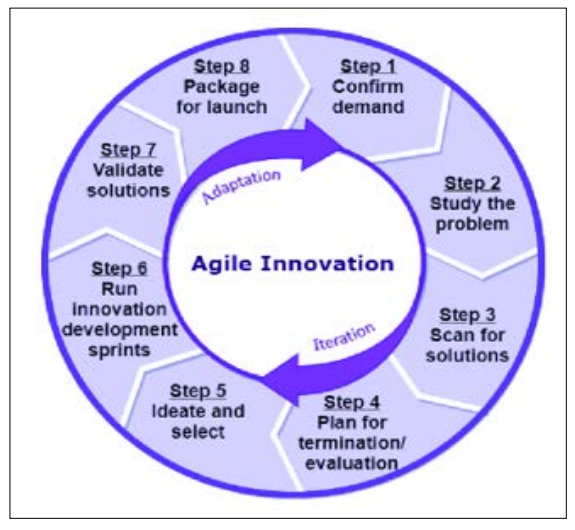
The data used in this study will be derived from a wide variety of researched articles, industrial reports, and project documentation; hence, it ensures that the base for the survey is all-rounded and comprehensive. Careful selection of sources will ensure that research is theory-based and founded on established theoretical frameworks based on practical, real-world experiences. These articles provide deep research into the academic discourse of Agile methodologies in any capacity with complicated and regulated industries like healthcare. Most of these articles are theoretical reflections of Agile practices, discussing them from their very beginning and using practices that approach the uses. Therefore, by doing this, the research will be able to identify more precisely the challenges of Agile implementation within a more general theoretical framework, tendentious to insights by and useful for the current body of knowledge.
Besides the scholarly articles, critical parts of this study's data sources belong to industry reports. More often than not, such reports hold much more up-to-date and practical doles of insights on aspects related to Agile in healthcare. Such studies are relatively recent reflections of their latest trends, challenges, and innovations in adopting Agile. These are valued contributions to the understanding of the indoctrinated wide-ranging implications of Agile practices at a macro level and complement the narrow focus brought about by case studies and interviews at a micro level. Project documentation from many healthcare organizations adds further support to the research through fine-grained first- hand accounts of Agile implementations. This documentation includes project plans, progress reports, post-implementation review documents, and other relevant materials describing the processes, challenges, and outcomes of Agile methodologies in healthcare data warehousing. It thereby merges scholarly research, industry insights, and practical documentation to support a robust and nuanced analysis, ensuring that the findings of this study are both theoretically sound and practically applicable. It enriches the research for greater relevance and utility among academic and professional audiences, exploring the intersection of Agile methodologies with healthcare data warehousing.
Some of the significant challenges that face the use of agile methodologies in the healthcare sector, particularly in data warehousing, relate to scalability. Health organizations have huge amounts of data from different sources, such as Electronic Health Records, Medical Imaging Systems, and Laboratory Information Systems. It's quite a hassle to deal with such a large dataset for constant quality amongst systems. It gets very tricky when one tries to scale Agile practices in the face of growing and diversified data volumes without giving way to the inherent speed and flexibility that Agile carries on board [6]. Scalability, therefore, is important in a healthcare setting where the highest degree of accuracy and data availability is paramount, as any lapse can result in profound implications.
Another critical challenge is that of data integration. None of the healthcare data runs from structured data, such as electronic health records, to unstructured data, such as physician notes and medical images. Types of data integration pose a big challenge that needs to be further aggravated with real-time processing for timely decision-making. Given the associated complexity when dealing with these forms of data, proper data governance practices should be put in place to ensure consistency and accessibility of data to the rest of the systems [7]. Compatible integration in agile methods, emphasizing delivering in quick cycles, is quite challenging, especially when data integration includes a mix of old and new technologies.
Another big challenge is adherence to healthcare regulations. Something like HIPAA comes with stiff requirements regarding how to safeguard patient data and ensure data privacy. Agile methodologies can sometimes be a little turbulent when dealing with stiff compliance frameworks, which lean toward rapid iterations and continuous feedback. Ensuring all Agile practices are compliant can be time-consuming and add levels of review that slow processes down. Yet, it is integral to the protection of the privacy of patients. One of the most significant challenges is reconciling the need for compliance with regulations using Agile methodologies that support agility and speed; this often means specifically embedding points of compliance in the Agile process [8].
Finally, interdisciplinary collaboration must be achieved, which is challenging in healthcare data warehousing projects. These projects involve several stakeholders, including IT professionals, data scientists, clinicians, and administrative staff. Very importantly, effective communication and close cooperation are ensured in Agile projects across these often-divergent interdisciplinary team members. The multi-disciplinary nature of such teams may never cease, causing issues in meeting alignment and expectation management. Agile methodologies presume continuous interaction and collaboration. On the flip side, the healthcare ecosystem is rather complex to support, as constant interaction and cooperation among the teams might be dispersed and operate under different structures of departments within the hospital. Overcoming these challenges will lie in strategies that most promote interdisciplinary interaction and respect the operational realities of healthcare organizations and their lines
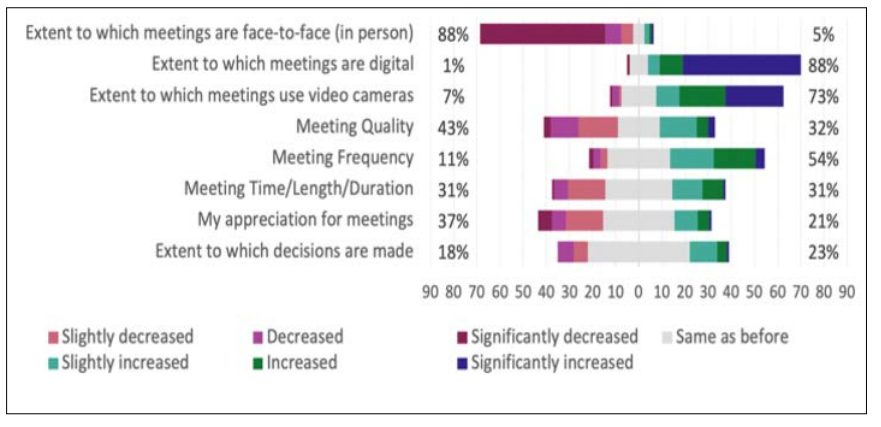
Strategic solutions proposed in this work to address successfully the many challenges that have been faced with Agile methodologies in data warehousing for healthcare include:
An important strategy is implementing microservices architectural design and containerization tools like Docker. This is because the approach allows health organizations to break down their data warehousing solutions into manageable, small services scaled independently when need be. This way, an organization can use microservices to maintain consistent performance and data integrity even with the data volume growth [9]. Containerization supports this through a lightweight, portable working environment that is easily duplicated and scaled to many systems, ensuring that scalability needs are met without any downtrends in agility or efficiency.
Address the challenge of integrating disparate data sources throughout healthcare by implementing leading-edge data integration platforms that support real-time processing while maintaining compliance with healthcare standards. These platforms should have been designed to handle structured data, like EHRs, and unstructured data, like physician notes or medical images. With such platforms, healthcare organizations could easily pull and integrate data from various sources, facilitating data processing in the most suitable and timely instructions [10]. These can configure all data integration processes according to industry standards, addressing healthcare data's complexity and heterogeneity to support Agile practices.
Health care is a heavily regulated field of operation; compliance checkpoints should be built into Agile sprints to ensure these processes are run in observance of regulations like HIPAA. Regular audits and views guarantee this at each step in a developmental cycle. This will ensure that with the application of every iteration of the Agile process, healthcare organizations meet regulatory standards while realizing the least risks to the privacy and security of patient data. Another way to balance such flexibility, which is afforded by Agile methodologies with the rigid regulatory demand for compliance, is through the compliance checkpoints that form yet another step in the process so that projects remain agile yet compliant.
Proper communication and collaboration among interdisciplinary members are essential to successful Agile projects at healthcare data warehouses. Leveraging collaboration platforms with real- time communication can enable the bridging of communication gaps between various teams in a project when collaborating using tools such as JIRA for Agile project management. These tools allow for creating continuous feedback loops, facing transparency, and ensuring the team is engaged in the project [11]. Conversely, this is why healthcare organizations can solve the high challenge of diverse team structures through collaboration, which makes Agile practices successfully inceptible in their organization.
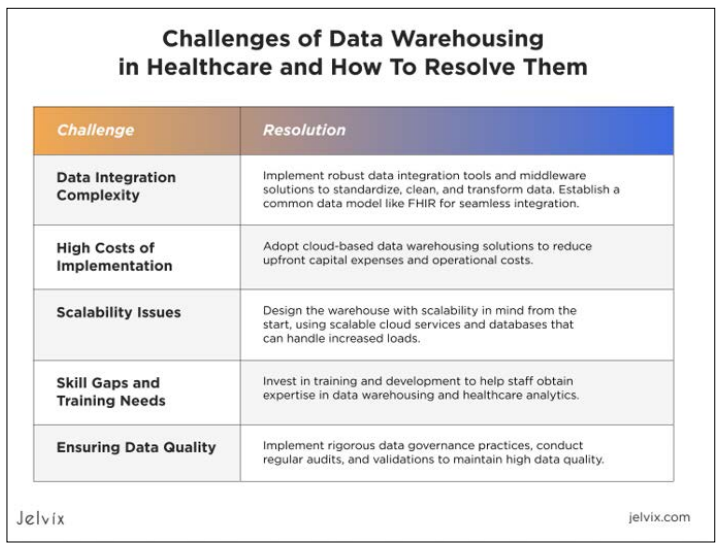
For example, a case study points out an extensive hospital network switched to an Agile data warehousing approach and reported considerable improvements in project timelines and data quality. The hospital improved the scaling of its data warehouse for years to the data inflow by efficiently adapting to a microservices architecture and containerization [12].
One other use case was the healthcare provider that had implemented an advanced data integration platform to make the processing of its data more efficient. The system implementation provided data integration to flow across various data sources in real time, ensuring compliance and enabling efficient, adequate reporting of patient data. Arguably, the case study emphasizes the involvement of Agile solutions in robust data integration: ways the mentioned tools can quickly implement the challenge of heterogeneity and compliance items in practice are supported by the Agile methodology.
Agile methodologies are increasingly crucial in the healthcare industry, for they introduce flexibility and adaptability for the fast pace of its changes. The healthcare environment is in a continuous state of change: sometimes by updates of regulations, sometimes by new technologies, and other times by developments in patient standards of care. Such dynamic conditions in management are best suited for the iterative approach of Agile, which focuses on continuous feedback and prompt adaptation. That way, flexibility will be ensured so that healthcare projects can react quickly to new challenges. Thus, keeping the activities of such initiatives aligned with current needs and standards will mean a step toward improved patient outcomes through more efficient care delivery.
Agile methodologies are an important part of healthcare data warehousing, mainly because healthcare data warehouses face challenges resulting from transactions involving huge volumes, ensuring accuracy and updates of the information, making it available for decision-making, and incrementally improving DM practices that could be critical in sustaining high-quality and integral data. This results in better decision-making in patient care. Moreover, Agile enables the collaboration of multi-disciplinary teams, which becomes quite conducive to data management-related activities and ensures effective interaction that results in efficiency, directly impacting patient care and operational effectiveness. The potential of Agile to integrate regulatory compliance at all stages of the project is important; healthcare is among the heavily regulated industries. Agile practices reduce the likelihood of non- compliance, as compliance is integrated into the Development Process to ensure all standards set by regulations are met.
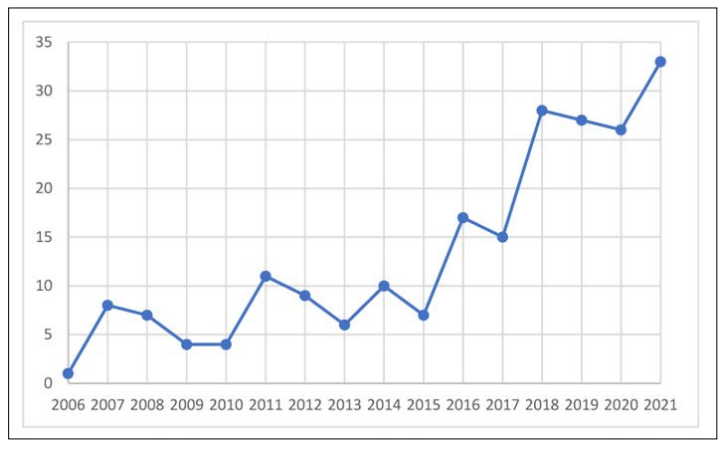
The challenges in implementing Agile methodologies within healthcare data warehousing are enormous, yet they can be effectively managed with the right strategies. It is in addressing issues related to scalability, integration of data, compliance with regulations, and interdisciplinary collaboration that healthcare organizations will be able to realize the many benefits of Agile practices fully. Thus, if addressed correctly, the challenges brought by Agile for healthcare data warehousing projects would significantly improve the efficiency in running the processes involved; thus, attaining better quality data will improve decision- making based on the acquired data. Integrating Agile into healthcare optimizes data management processes and contributes to better patient outcomes and more responsive healthcare services. In that respect, moving toward Agile will be strategic in continuous improvement and innovation for the healthcare industry.
